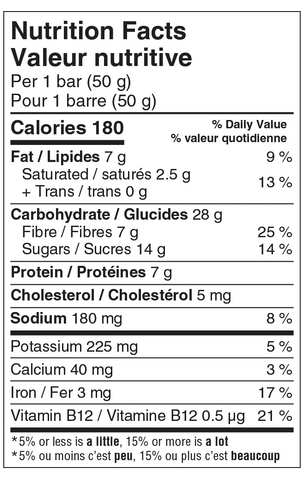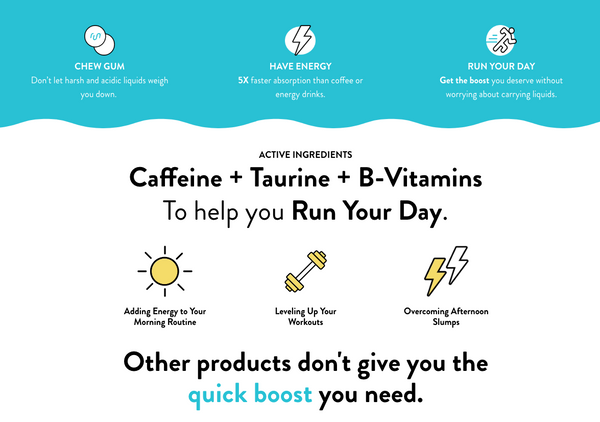WHAT ARE YOUR THOUGHTS ON SWEAT TESTS?
Q: I recently did a sweat test, with the results showing that I need 1,000 mg or more of sodium per hour during my workouts and races. What are your thoughts?
A: While there may be some interesting information to derive from a sweat test, we at Hammer Nutrition are not a fan of them, mainly because that information is limited and only reflects a small part of the entire picture. Simply put, the results from a sweat test are not representative of what happens during prolonged bouts of exercise.
In a sweat test, the athlete rides a bike or runs on a treadmill in a controlled environment, with their sweat captured to determine fluid and electrolyte loss. That’s all fine, but how long is the test? Maybe an hour? That may be accurate in determining fluid and sweat loss during that first hour or so, but it’s not indicative of what will happen each hour following that initial test hour.
When we begin exercise, we generally lose a lot of fluid and electrolytes, especially salt (sodium chloride), in that first 30-60 minutes. That’s not unusual at all. The problem with going "all in" with sweat test results is that you're basically assuming that these losses are going to occur in the same amounts and volume hour after hour; you're not taking into account the many built-in mechanisms in the human body that regulate fluid and electrolyte use.
It's important to understand that we already begin exercise with massive, double-digit gram amounts of sodium already in our bodies. Once exercise commences, we usually lose a fair amount of fluid and sodium during that first hour or so. However, the human body, the marvelously designed machine that it is, recognizes this and a number of hormonal mechanisms that help monitor and regulate fluid and mineral loss (especially the latter, and particularly sodium) become actively engaged.
Regarding sodium loss, there is a hormone called aldosterone whose primary responsibility (in layman’s terms) is to monitor sodium levels in the body. And when aldosterone senses that sodium losses are becoming too great to maintain normal bodily functioning, it orchestrates a complex process by which sodium is recirculated back into the system via the kidneys. In doing so, aldosterone helps conserve our stores of sodium. Now, this recirculation/conservation process cannot take care of all our requirements hour after hour after hour; we need to supplement with electrolytes to work with aldosterone and help maintain adequate electrolyte status.
The mistake that many athletes commit is that they overdo it with the salt/sodium. They oftentimes look at these sweat tests and notice (for example) that perhaps 1-2 grams of sodium has been lost. NOTE: 1-2 grams of sodium equals 2.5 – 5.0 grams of salt (40% sodium, 60% chloride). That is a TON of salt! Forgetting that the body will not automatically and repeatedly lose this amount hour after hour after hour—and not taking into account aldosterone’s actions to monitor, recirculate, and thus conserve sodium stores—athletes will start consuming 1-2 grams of sodium every hour, which is far too much. Once the body detects an increase in sodium from exogenous sources (food, salt tablets, or products too high in sodium), aldosterone signals the kidneys to stop filtering and recirculating sodium. Instead, the body will excrete even more sodium than before.
When the normal function of aldosterone is “shut down” due to excess sodium intake, another hormone, vasopressin, will predominate and cause unpleasant/uncomfortable and performance-inhibiting fluid retention in the form of swelling (edema) in the extremities. Consequences of excess sodium intake also include elevated blood pressure and, as mentioned earlier, an increased rate of sodium excretion. Elevated blood pressure, excess sodium excretion, and dramatically increased fluid retention not only inhibit performance; they can also be harmful to your health.
If you've ever finished a workout or race with swollen hands, wrists, feet, or ankles, or if you have experienced puffiness under your eyes and around your cheeks, or if your body and clothing is covered in excess amounts of salt stains, your sodium/salt intake was most likely too high.
BOTTOM LINE: When you consume too much sodium/salt—in your diet, prior to exercise (sodium loading), or during exercise—you're actually doing much more harm than good. Too much of anything—water, salt/sodium, calories, etc.—will result in performance-inhibiting issues ranging from as minor as stomach distress to as serious as hyponatremia.
As discussed earlier, while there may be a small amount of useful information that a sweat test can provide, the results do not reflect how the body responds during long-duration exercise. Relying on the results of a sweat test—meaning trying to replace in equal amounts what the sweat test says you’re are losing mineral-wise—will result in negative, performance-inhibiting-to-ruining outcomes.
HOW TO USE
Take 1 capsule 10–30 minutes before the start of exercise.
Take 1–2 capsules per hour as needed to maintain electrolyte balance.
Take 1 capsule immediately following exercise.
NOTE: We include ginger root in the Endurolytes and Endurolytes Extreme capsules because it is very soothing to the stomach and can help protect against nausea and other stomach issues. However, some of ginger's naturally occurring compounds - zingerone and capsaicin - can have a burning effect on the mouth and throat if the powder comes in contact with them. We therefore recommend that you DO NOT open up the capsules and swallow the contents. Consume the capsule whole for best results.

































































































































































